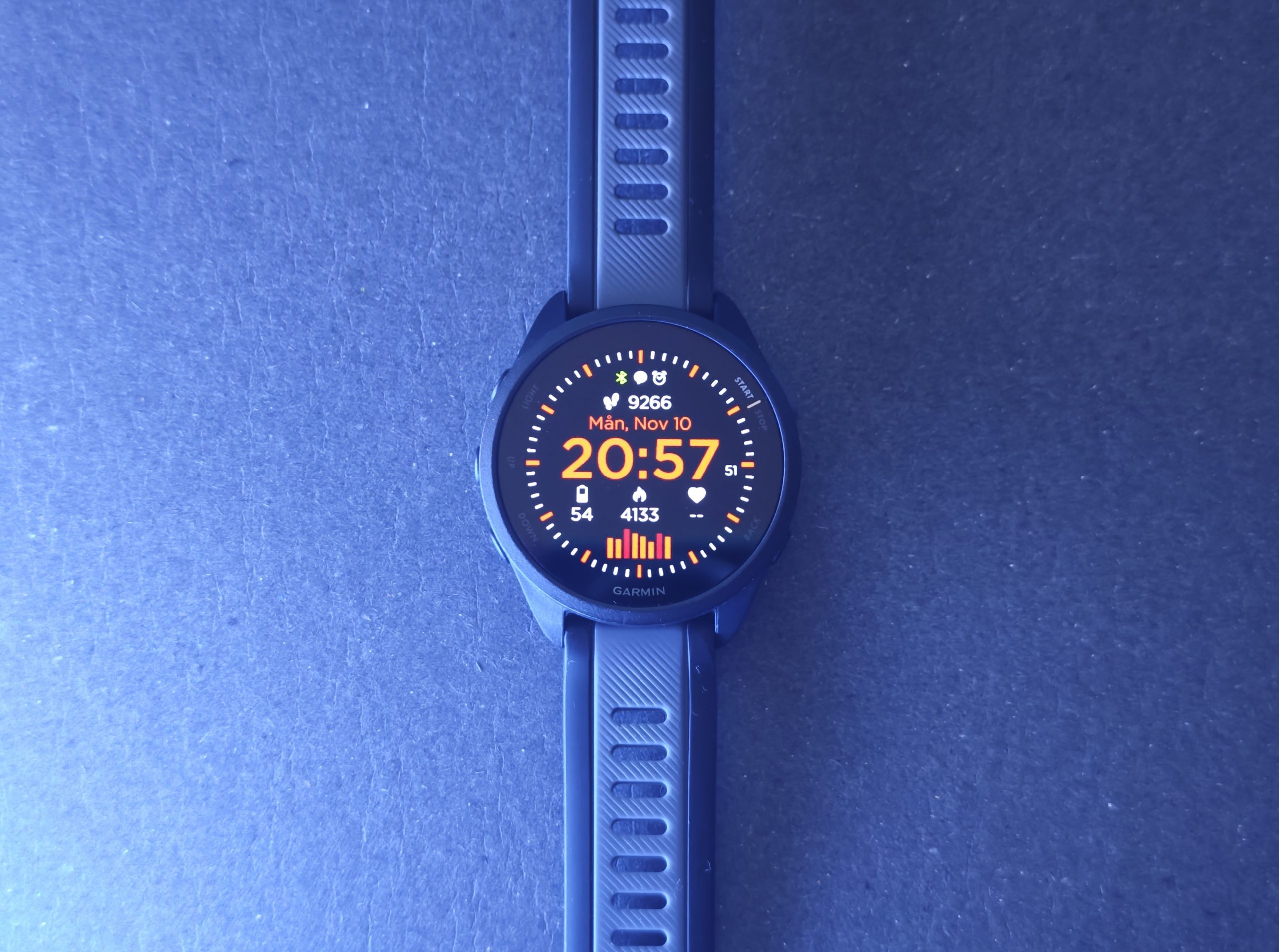TL;DR
The Garmin Forerunner 165 Music offers solid core training features, excellent comfort, and phone-free music playback, but its user experience is marred by a convoluted interface and a steep learning curve for customization. While it handles workouts well, finding specific settings and features often requires navigating complex menus or multiple apps, leading to a feeling of "Fear Of Missing Out" on simpler solutions. Despite its capabilities, it lacks truly standout features to justify its price point against competitors, making it a capable but not exceptional choice. Want the full scoop on its quirks and strengths? Dive into the complete review!
It is generally expected that a training watch from an established brand will excel at heart rate measurement, route tracking, offer a comprehensive suite of training programs, and deliver robust battery performance. While many watches differentiate themselves through specialized features, the Garmin Forerunner 165 Music is no exception to this trend. It performs admirably across its advertised functionalities. However, what we consistently prioritize is the user experience, as this crucial element truly differentiates modern high-quality wearables. While other aspects are undeniably important, even crucial, with major brands like Suunto or Garmin, we can generally be confident that core training data logging and evaluation will be seamless and comprehensive. The true insights, however, often emerge from the nuanced details.

(Photo: senses.se)
First Impression – Garmin Forerunner 165 Music
Our two-month testing period for the Forerunner 165 Music encompassed extensive use across various activities, including cycling, running, and numerous walks, allowing for a thorough evaluation of its functionalities. The Forerunner 165 Music features a five-button interface, opting against a digital crown. These buttons are notably smaller than those found on many comparable devices, presenting both benefits and drawbacks. Their compact size prevents snagging on clothing cuffs, enhancing everyday comfort, but can make them challenging to operate while wearing gloves. The case’s rounded edges contribute to a sleek aesthetic and a refined profile.
Weighing a mere 39 grams, the device, paired with its soft rubber strap, offers exceptional comfort, often becoming unnoticeable during wear. Operating on Garmin’s proprietary OS, it doesn’t function as a full-fledged smartwatch with access to major app stores like Google Play or the App Store. Nevertheless, it offers significantly more smartwatch-like capabilities than devices such as the Suunto Run, providing a broader selection of watch faces and integrated applications.
Simultaneously, it’s worth noting that a curated selection of choices can offer a streamlined experience, provided the watch’s fundamental functions are robust. Conversely, an overwhelming number of options can lead to the paradox of choice, often instilling the belief that any dissatisfactions or missing functionalities are merely a matter of undiscovered settings or features. This phenomenon somewhat characterized certain aspects of our experience with the Garmin Forerunner 165 Music.
Controls
The five-button interface is generally intuitive, comprising a back button, a dedicated quick-access training button, up and down navigation buttons, and a quick menu button. However, the process for adjusting various data fields and settings is not always immediately apparent. While extensive customization is possible, the path to achieve it often lacks intuitiveness. Each of the three buttons on the left side offers dual functionality via a long-press.

(Photo: senses.se)
For instance, a long-press of the top-left button accesses a menu allowing users to add easily reachable smart functions. However, customizing this menu requires a specific sequence: long-pressing the middle button, navigating to ‘Appearance,’ and then selecting ‘Add functions’ at the bottom. To remove functions, instead of an explicit ‘minus’ icon, users simply tap the desired function. Once this sequence is understood, the process becomes manageable, but initial discovery is not straightforward.
As previously noted, the selection of watch faces is extensive, encompassing both free and premium options. However, accessing these requires the installation of a separate application, Garmin Connect IQ, rather than being integrated within the primary Garmin Connect app. Within Garmin Connect IQ, users can install new watch faces or design custom ones using personal images. Furthermore, a cursory search on Google Play reveals an additional 18 Garmin-related applications, each with distinct focuses. While this ecosystem offers considerable capability, it can also induce a sense of ‘Fear Of Missing Out’ (FOMO). Despite Garmin’s extensive capabilities, determining watch compatibility for certain features requires significant research, which can be frustrating. Moreover, the proliferation of companion applications adds to an already crowded mobile device landscape.
Battery Life
Garmin specifies a battery life of 11 days in smartwatch mode (extending to 20 days with battery-saving mode activated). However, engaging all functions, including multi-system GNSS and music playback, reduces battery endurance to 6.5 hours. Evidently, battery longevity varies significantly based on usage. In our tests, under typical mixed usage — which included commute cycling, music playback, daily notifications, and activity tracking without stringent management of active systems — the battery consistently lasted approximately 6 days. Recharging the device takes approximately 45 minutes.
However, the watch relies on a proprietary charging cable with a USB-C connector at the opposite end; wireless charging is not supported. This dependency on a specific cable can be a notable drawback. While this is not uncommon among wearables, as many brands utilize proprietary charging solutions, standardization would be beneficial, as losing the cable necessitates ordering a specific replacement, rendering the device unusable until then. Moreover, for users accustomed to devices like the Suunto Vertical Solar Canyon, which boasts over 500 hours of battery life, the likelihood of having the charger readily accessible when needed is diminished.
Training Programs
As noted previously, the Garmin Forerunner 165 Music provides a comprehensive array of activities and Garmin-developed training programs, covering disciplines such as pool swimming, running, cycling, walking, cardio training, and treadmill workouts, among others. While primarily optimized for running, the watch demonstrates comparable performance across other training modalities. Due to seasonal constraints, we were unable to test its outdoor swimming logging capabilities, a feature where the Suunto Vertical Solar Canyon previously showed limitations. Consequently, we cannot provide specific insights into its performance in this area. In addition to standard programs, the platform periodically integrates thematic challenges, such as the Disney, Marvel, and Star Wars step challenges offered during November. These challenges typically require users to log a specified number of steps multiple times a month, with rewards like a 25% discount on a Disney watch face serving as motivation. While engaging and inspiring, this gamified approach can also contribute to a sense of FOMO, as users may feel pressured not to miss out on badges, discounts, and other incentives.
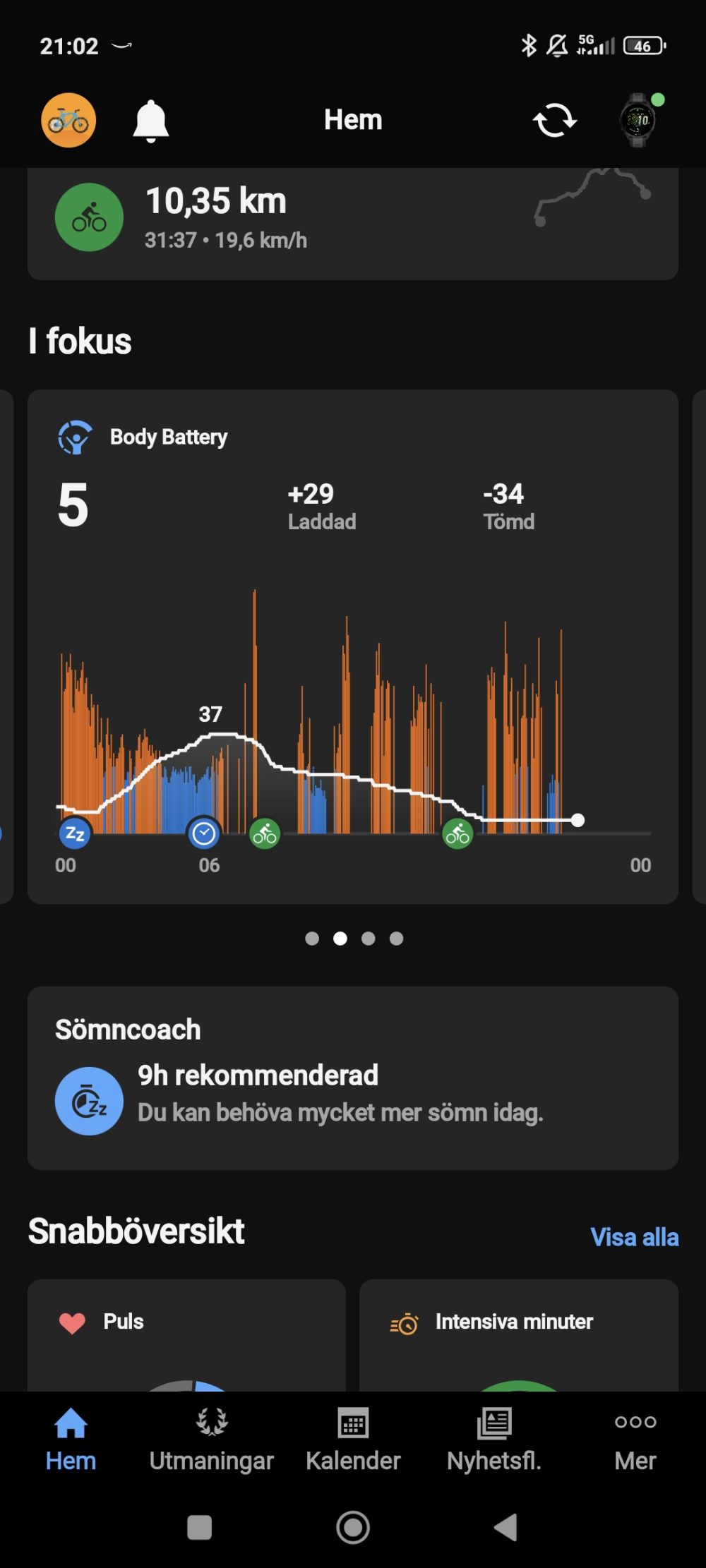
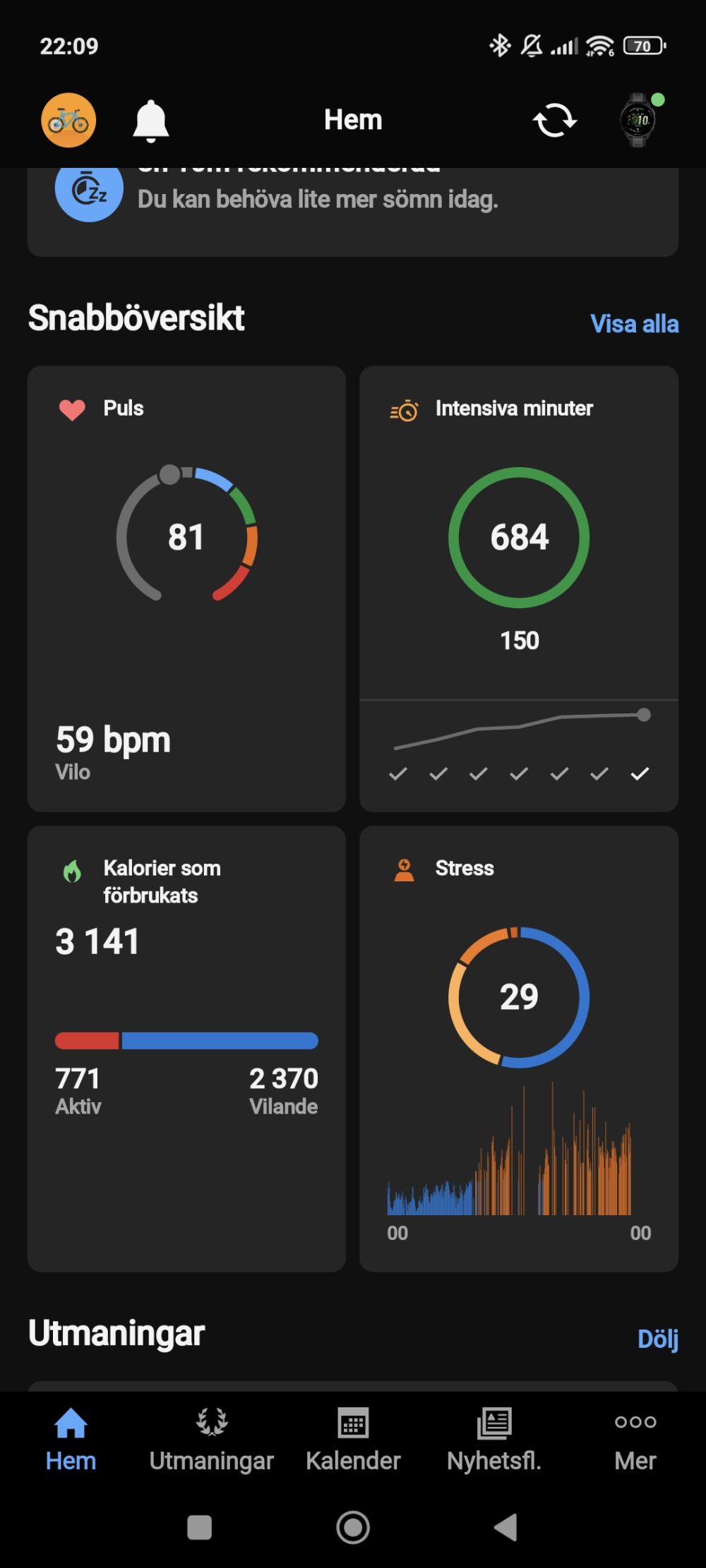
Music
For phone-free music playback, users can install applications from various music providers, such as Spotify, and download playlists directly to the Forerunner 165 Music. However, it took some time to ascertain that Spotify needed to be actively running on the connected device before it could successfully link with the Garmin app. Support for other music providers is also available, but requires navigating a specific menu path: long-press the middle-left button, scroll to ‘Music,’ then select ‘Control from phone.’ While this process is manageable once discovered, a proliferation of such multi-step configurations can lead to a considerable learning curve and recall burden. This detracts from a seamless user experience. Users will eventually adapt to these sequences. Initiating a training program makes it virtually impossible to return to the main menu and start music playback without inadvertently triggering lap times or other workout-specific functions. The workflow effectively mandates initiating music playback prior to commencing a workout.
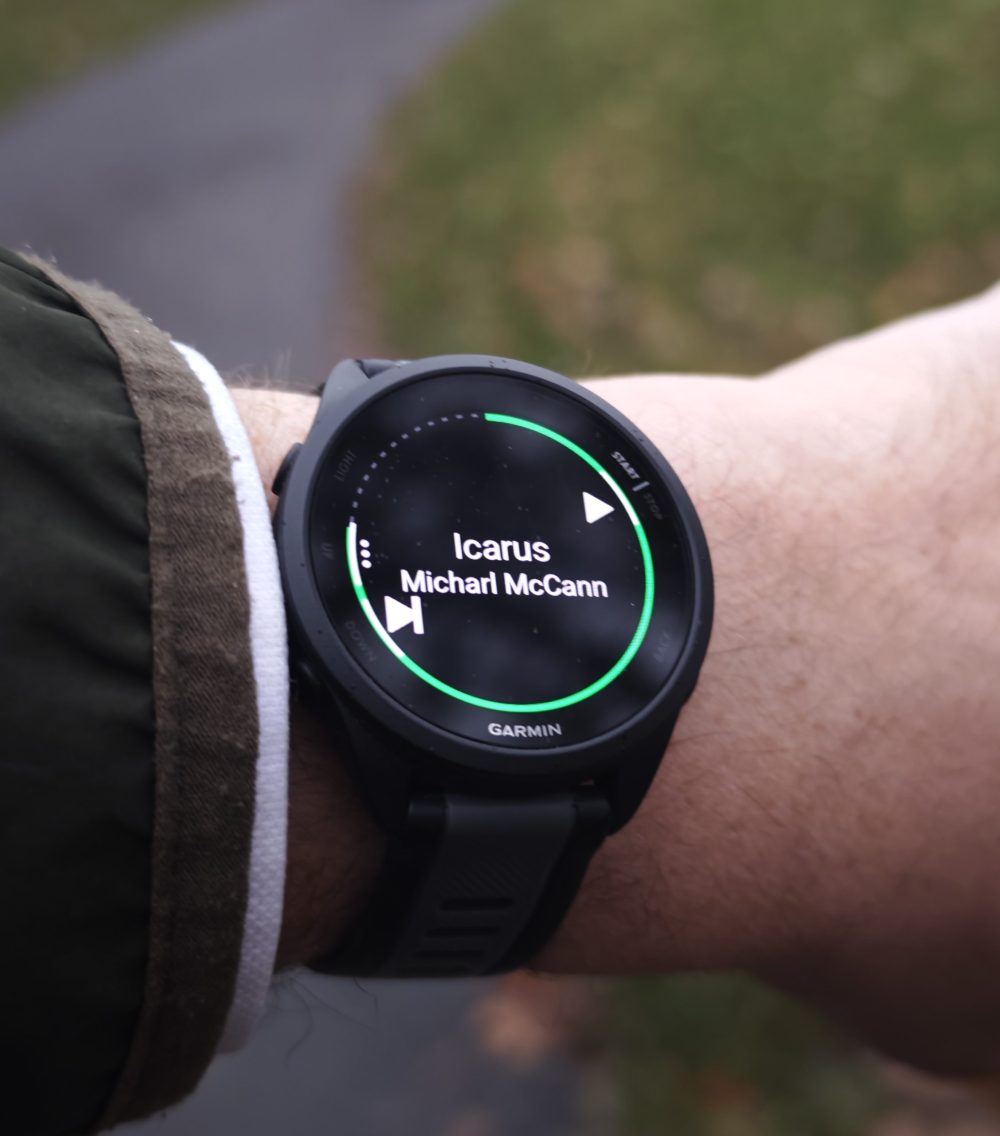
(Photo: senses.se)
Specifics we don’t like about the Garmin Forerunner 165 Music
A notable inconvenience is the absence of a visible time display once a workout commences. Many competing devices relocate the time to a prominent position, allowing simultaneous visibility with workout metrics, which is a more practical approach. While some might argue that a workout should be free from distractions, a counterpoint exists. For scenarios such as a cycling commute, knowing the current time alongside progress is highly relevant. Accessing the time requires four button presses, which regrettably obscures all active workout data. This design choice proves to be quite inconvenient.
Garmin’s data sharing capabilities with third-party platforms are somewhat constrained. For instance, users transitioning from a Suunto device who wish to continue consolidating their data within the Suunto app must resort to third-party synchronization solutions. Our tests with SyncMyTracks proved successful, though it required an additional payment. While the cost was minimal (approximately 30 SEK), the principal necessity of a paid third-party solution for data portability is a point of concern.
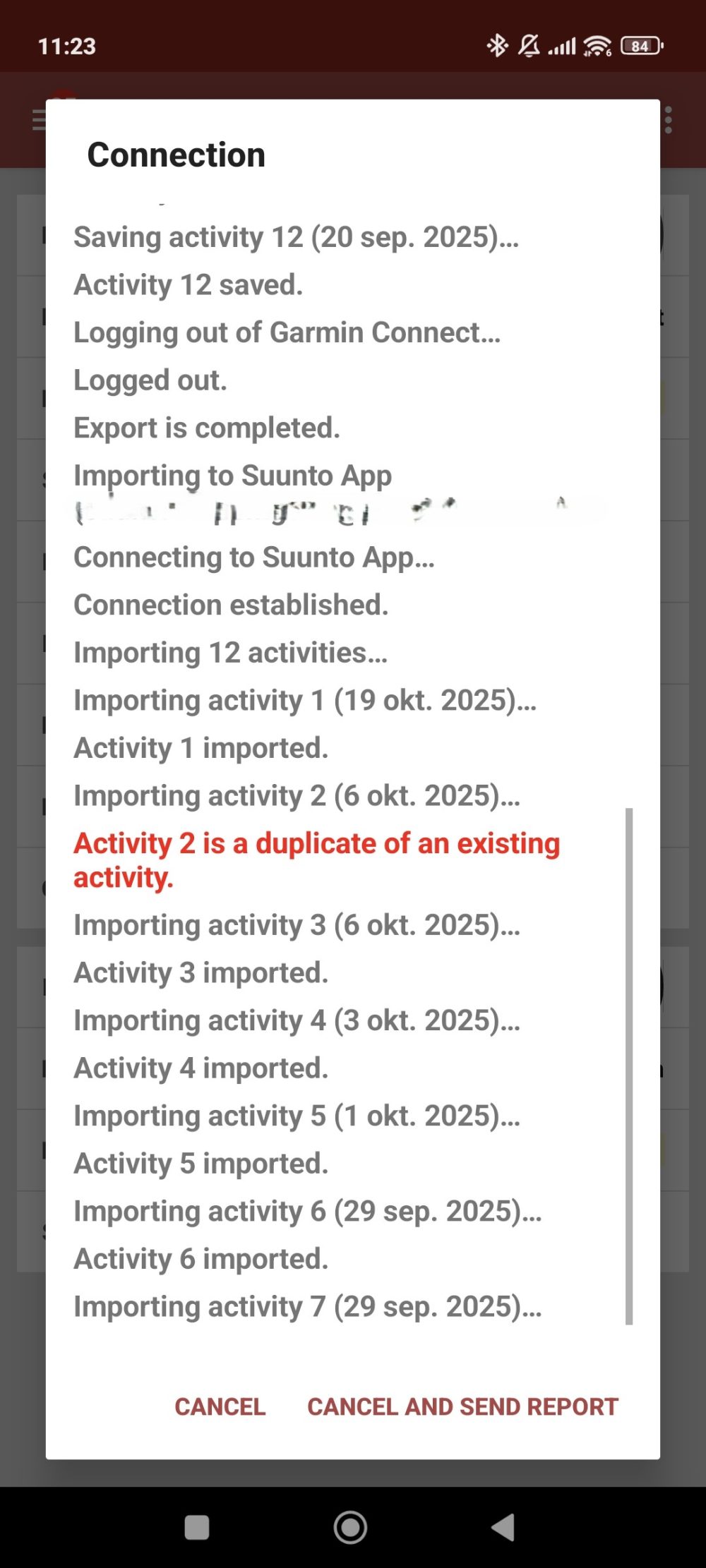
The responsiveness of the raise-to-wake screen gesture is inconsistent. In comparison to the Suunto Vertical Solar Canyon, its behavior is notably unpredictable. On occasion, activating the screen required exaggerated arm movements, such as fully simulating a raise from the waist, after numerous failed wrist flick attempts.
An overall experience of the Garmin Forerunner 165 Music
The Forerunner 165 Music earns commendation for its sleek design, minimal auditory notifications, and comprehensive configuration options. However, the user interface can be convoluted. After two months of continuous use, navigation remained challenging; tasks frequently required a specific sequence of actions to avoid complications, and certain basic functions felt like workarounds rather than integrated solutions. There is no straightforward manual screen lock; instead, users must rely on an automatic system lock. Each activation of this lock is accompanied by a vibration, and subsequent interaction is delayed by a brief, seemingly superfluous, animation. On several occasions, the watch unexpectedly lost its Bluetooth connection without notification, though it does provide a distinct vibration when disconnecting from Wi-Fi. While the ability to store Spotify playlists locally is highly convenient, we believe this functionality should be a standard offering in most training watches, rather than a distinguishing ‘feature.’
As a training companion, the device is largely comprehensive. However, we noted the absence of a feature that automatically generates visually appealing video summaries of workouts, a capability offered by the Suunto app without explicit user input.

(Photo: senses.se)
The Bottom Line: Garmin Forerunner 165 Music
Our primary reservation with the Forerunner 165 Music is its lack of truly distinctive features that set it apart. Competitively priced at 2,800 SEK, it aligns with many of Garmin’s offerings and is positioned alongside devices like the running-focused Suunto Run. However, the Suunto Run distinguishes itself with several innovative and compelling running training alternatives.
The Garmin Forerunner 165 Music stands as a capable training watch, yet its convoluted menu structure occasionally detracts from the overall user experience. While user interface preferences are subjective, a two-month evaluation period should typically allow for adaptation, which was not entirely the case here.
Garmin sent review units for this test. The sender of the material has no editorial influence on our tests; we always write independently, focusing on our readers and consumers.
